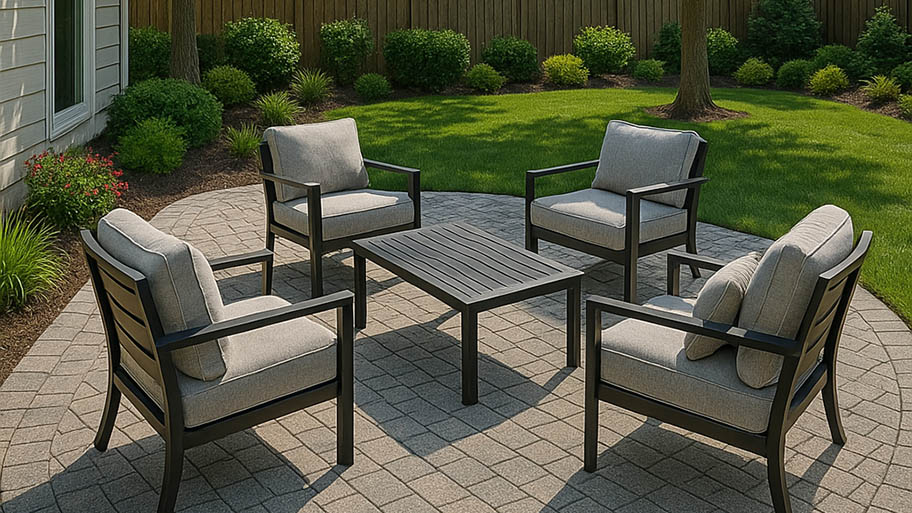
Looking to elevate your backyard aesthetic with a patio? Use this paver patio cost guide to help you estimate your total project cost before you get started.
A stepping stone walkway can make your yard feel tranquil instantly


Whether your yard is a tropical paradise or you’re just getting started with landscaping, adding stepping stones is a fun and affordable way to give your garden walkway dimension and character. A garden path leading around a corner can give the illusion of a larger space and tie together two different areas of your garden, all while keeping the area look calm and clean.
These stepping stone walkway ideas are a step in the right direction.
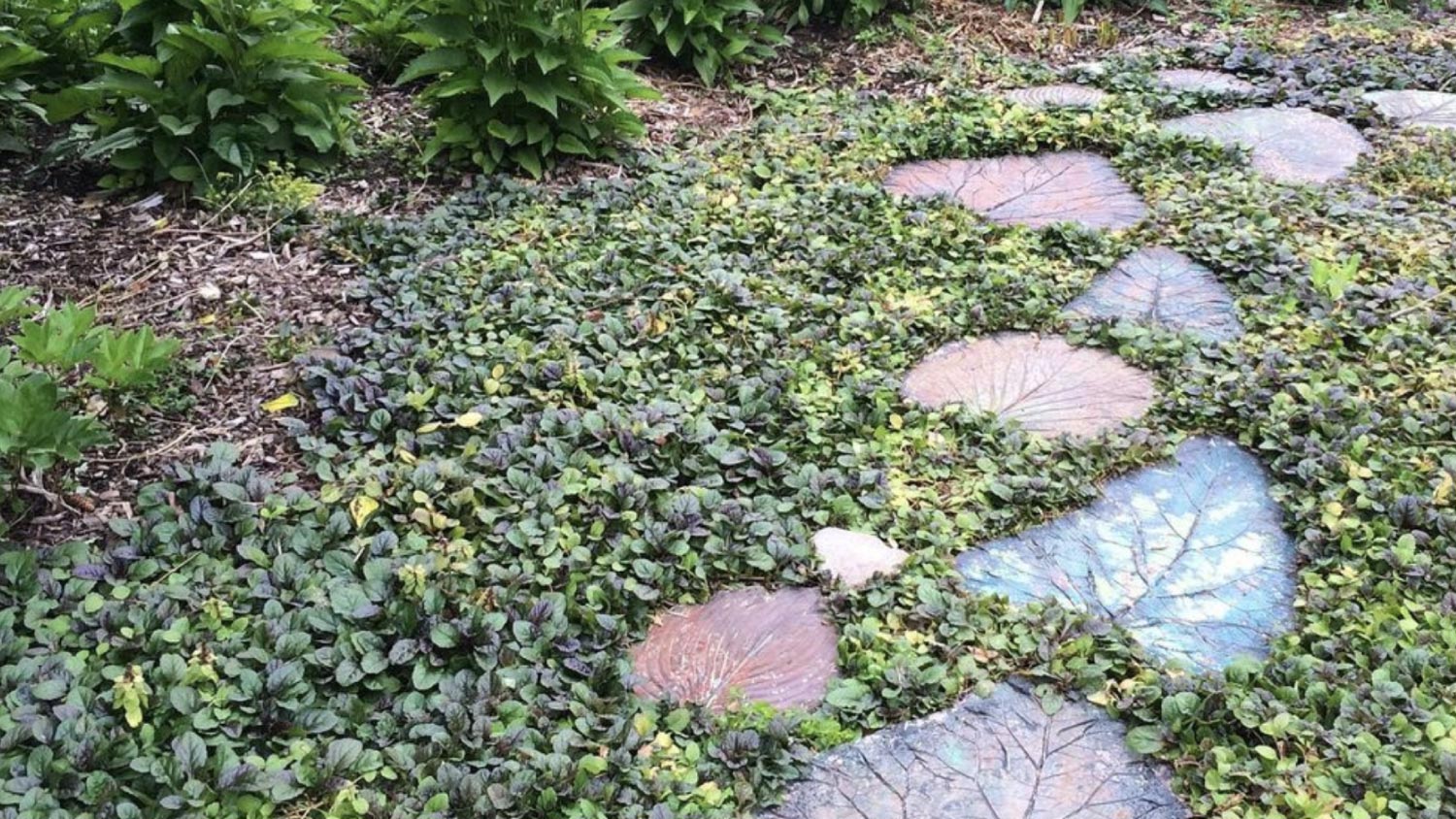
If you want to get really elegant and unique, you can use pre-cast stepping stones shaped by molds of your choice. These custom steps will likely be more expensive than most other options, but it’s a great idea if you want something your guests won’t see anywhere else. You can get creative and tie in the rest of your yard by using molds shaped like leaves found in nearby gardens.

Another great way to keep things fresh and interesting is to mix two or more materials together in your path. You can surround light gray concrete stepping stones with dark gray gravel to make the steps pop, or use a complementary color for more intrigue. You can add more customization by focusing on including different textures and shapes, like slate stepping stones mixed with river rocks or flagstone stepping stones surrounded by gravel.
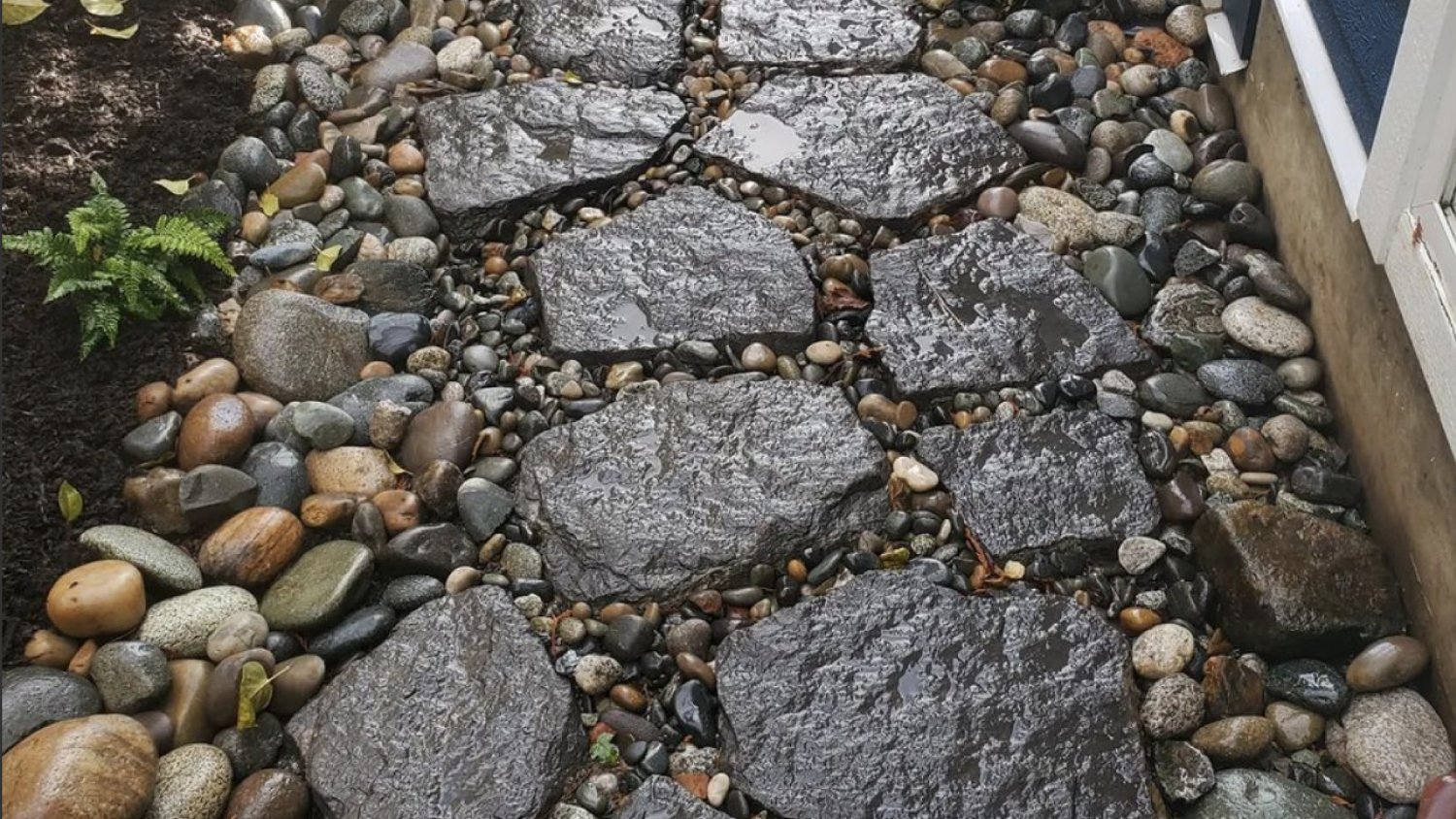
It’s common to see stone steps set into soil with grass around them, but you can make your path stand out a little more by choosing other earthy materials to surround your steps. River rocks, crushed gravel, and colored landscaping rocks can all add a little color and earthiness to your pathway.
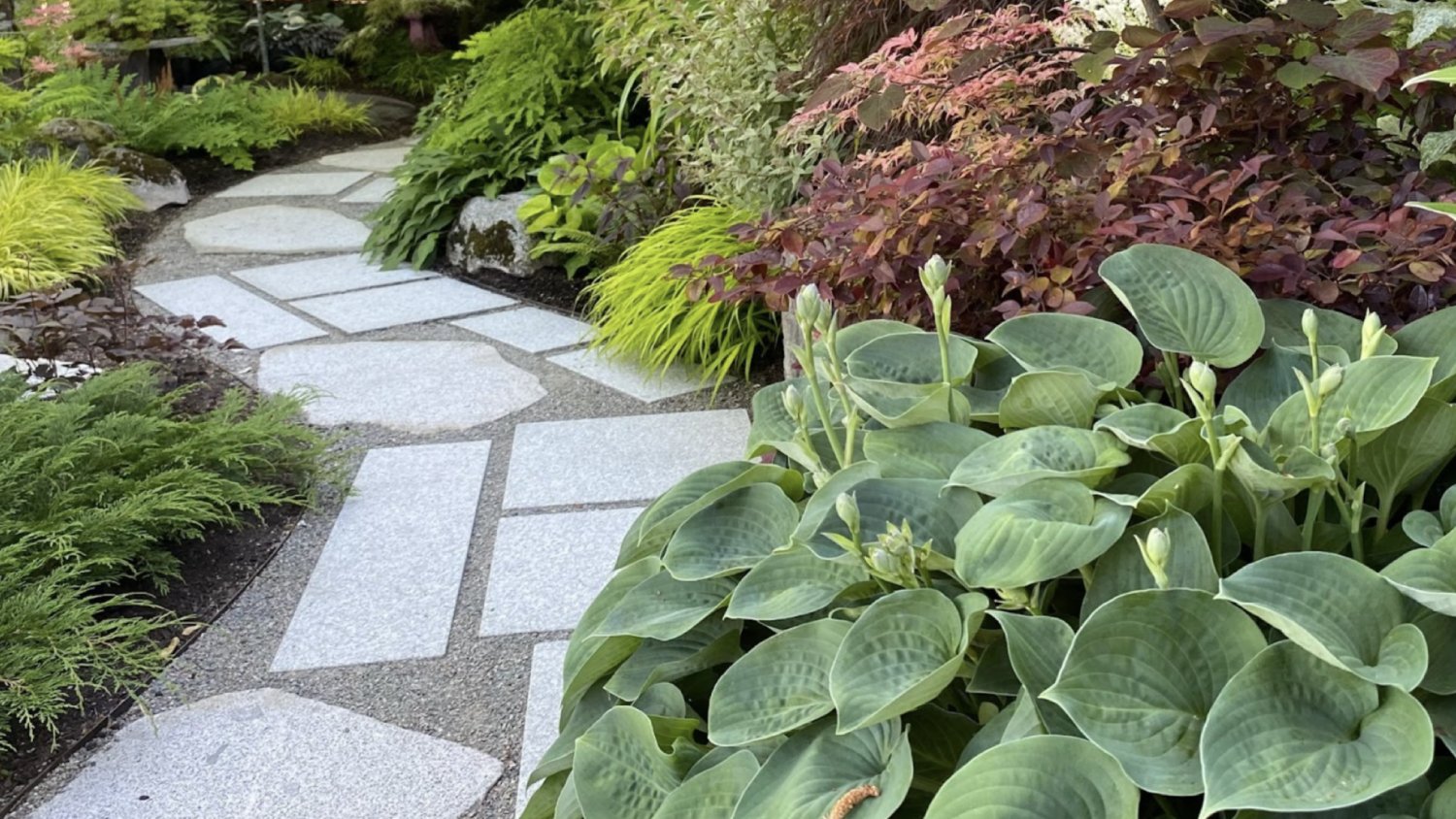
Don’t feel limited to landscaping rocks and uniform stepping stones. For a more modern appearance, consider something like stones cut into geometric shapes surrounded by rough-poured concrete. This is a more industrial look that brings an air of excitement rather than tranquility into your outdoor space.

Stepping stone paths do not have to begin and end on a flat surface. If you want or need your path to travel up or down a slope on your property, consider transitioning your flagstone path into a series of beautiful, illuminated stone steps. The use of stone of similar color but varying sizes throughout gives the design a natural feel while still being orderly.
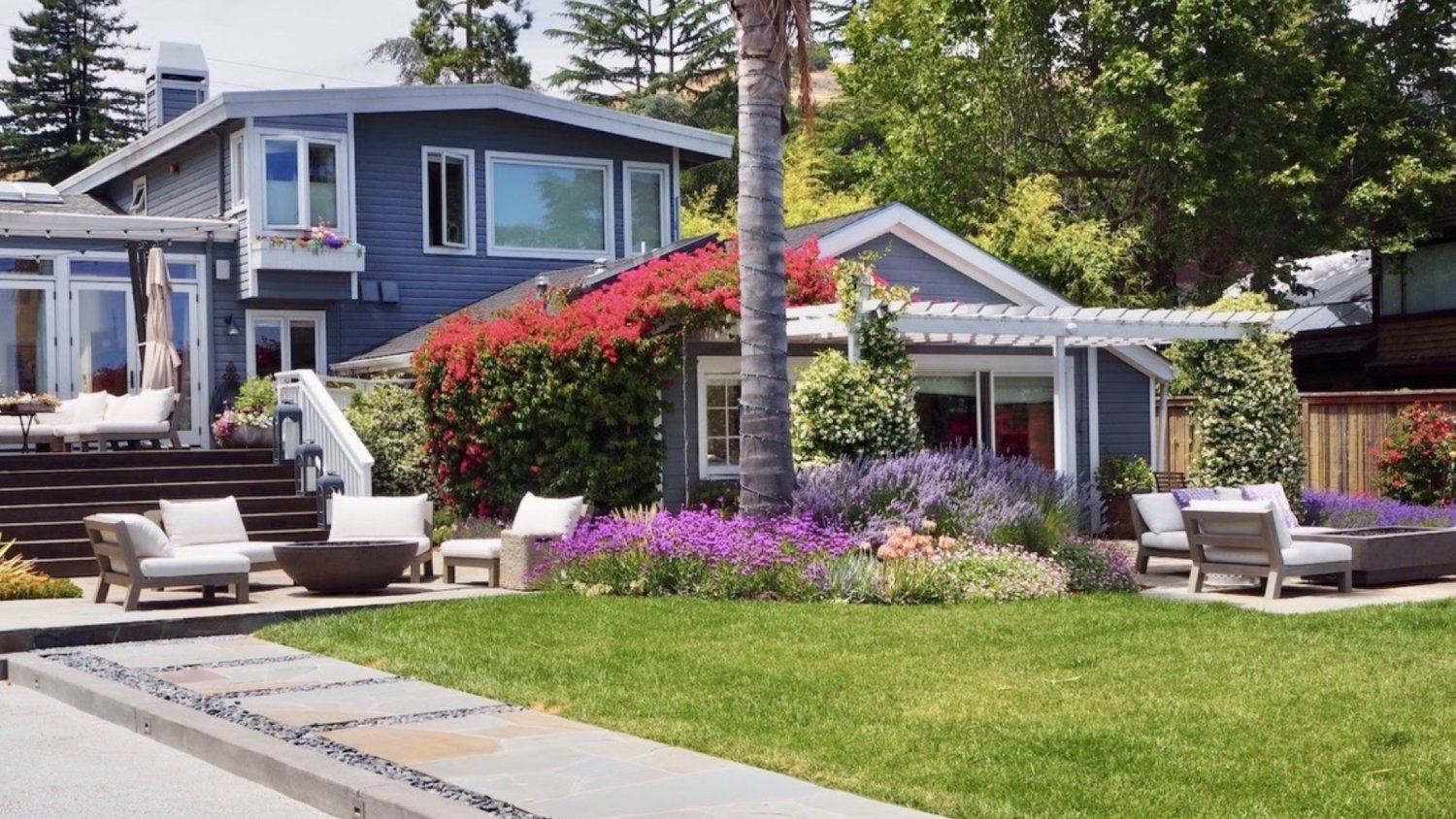
Stepping stones can create a harmony between hardscaping or other garden features and a natural part of the garden or lawn, but they can also serve to separate sections of your yard intended for different purposes. You can use large stone walkway pieces to create a natural divide between yard and recreational areas, driveways, fire pits, and more. Alternatively, you can use them to build a bridge between areas with different purposes.
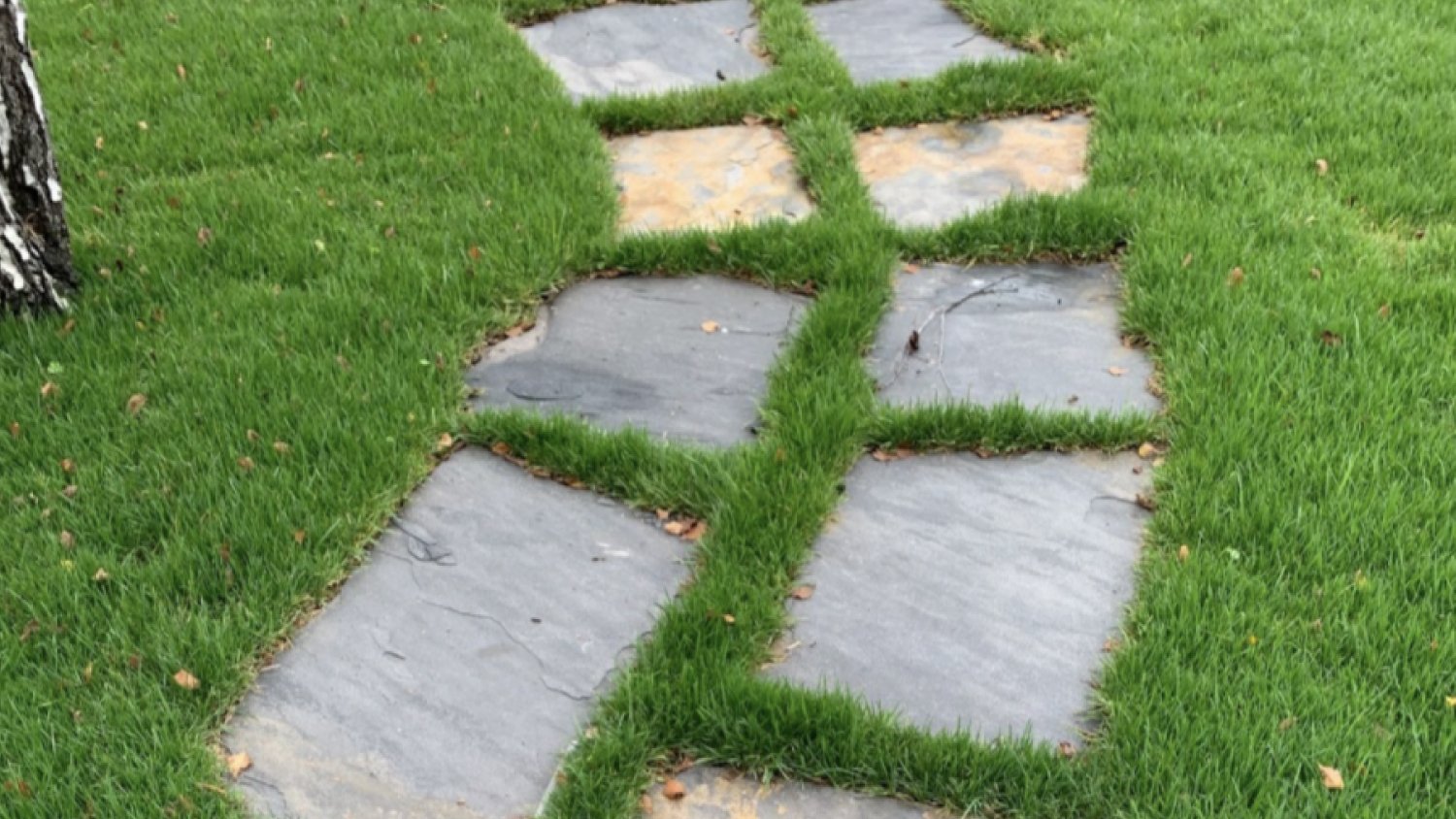
There’s nothing wrong with going for the classic look, so don’t feel like you need to go above and beyond with stepping stone shapes or design. If you want a super simple installation, go for a meandering path of stones through grass. Just be sure to leave enough space between the stones so the grass can continue to grow and create a visual separation.

Where and what you plant near your stones can alter the aesthetic design. You can soften the sharp edges of a geometric, modern stepping stone path by planting moss, clover, or another gentle plant between them. This will make your path stand out from the rest of your yard and show your guests just how much work you put into cultivating a modern-yet-rustic feel in your space. If you go this route, you’ll need to know how to cut stone to get those sharp edges. You can also hire a brick paver company near you to get the work done professionally.

For homeowners who are looking for an easier installation and a more modern look in their garden paths, using precast concrete pavers made to look like stone is a great option. Precast stones are easy to source and install, and they’re more affordable than the cost of flagstone, which you might opt for if you prefer a more rustic appearance.
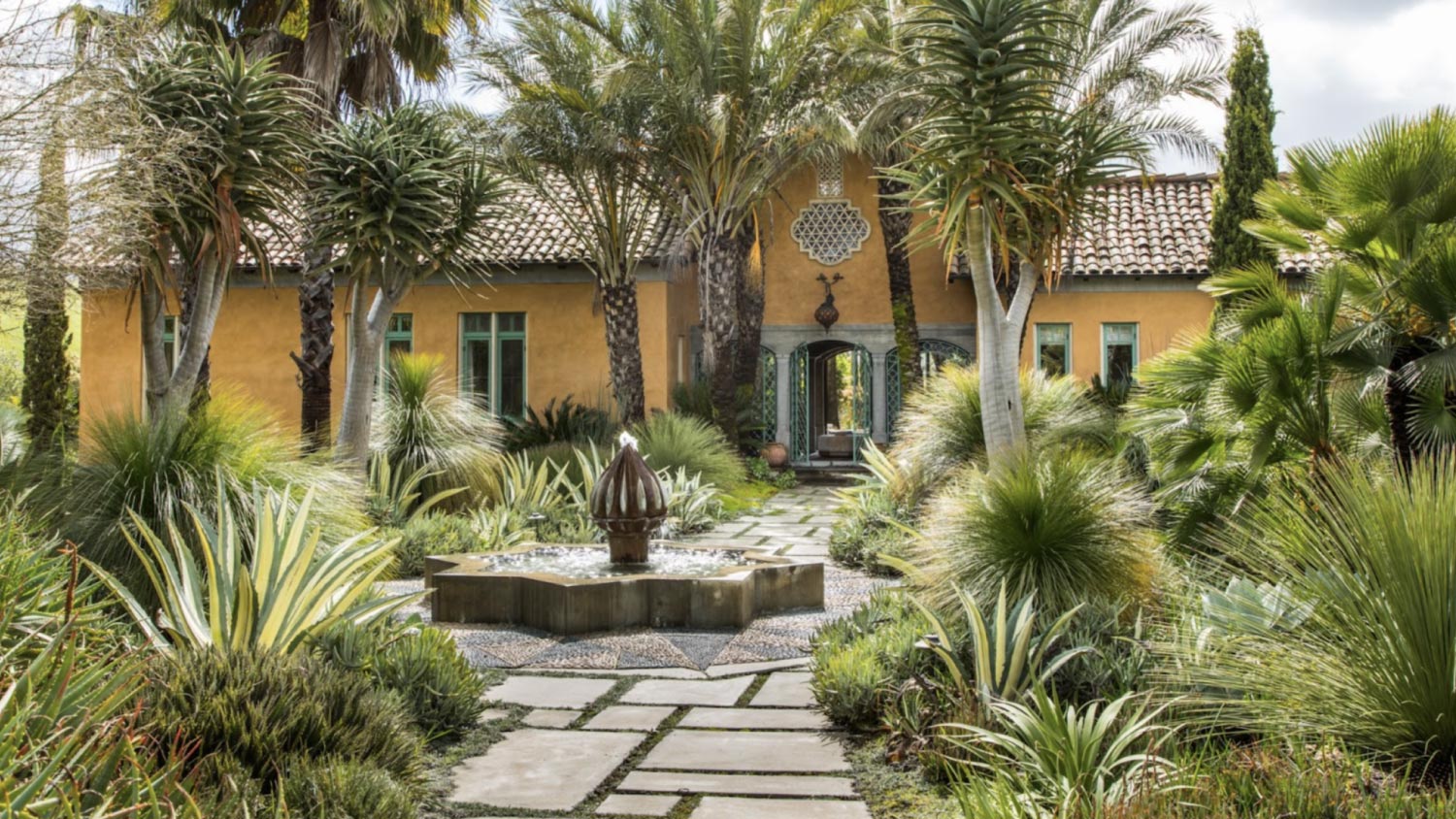
Mixing materials and angles to match the style of your home can create paver paths that give dimension and reflect the textures of the surrounding garden and area. You can find inspiration for paver shapes and colors in your existing yard or your home itself, like matching curved clay roof tiles with similar curves in your stepping stones. You can also use geometric shapes in the pavers to reflect archways over your doors and windows or other architectural components to tie your pathway into the rest of your property.
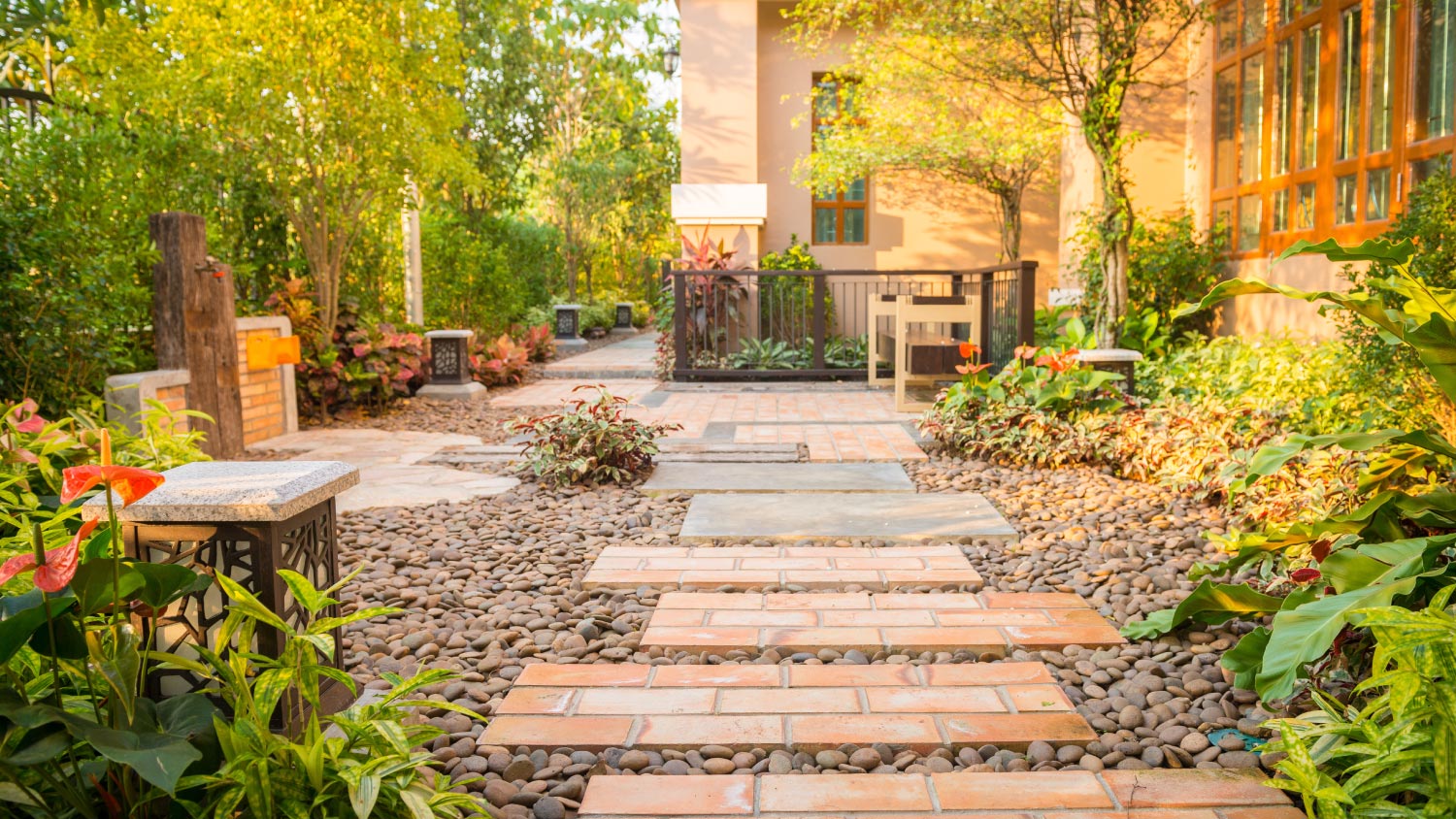
Not only can you create brick paver paths with patterns like herringbone, but you can also assemble bricks to create the look of individual stepping stones. Brick patios are standard features in homes, and unconventionally using a similar material to tie your path into your patio can be both playful and easy on the wallet.

You don’t have to spend a lot to create an alluring garden path. Curve your path around beds and trees to mimic natural shapes in your landscape. By using affordable concrete pavers in a slightly unexpected way, such as placing them side by side, you can create a dynamic look without breaking the bank.
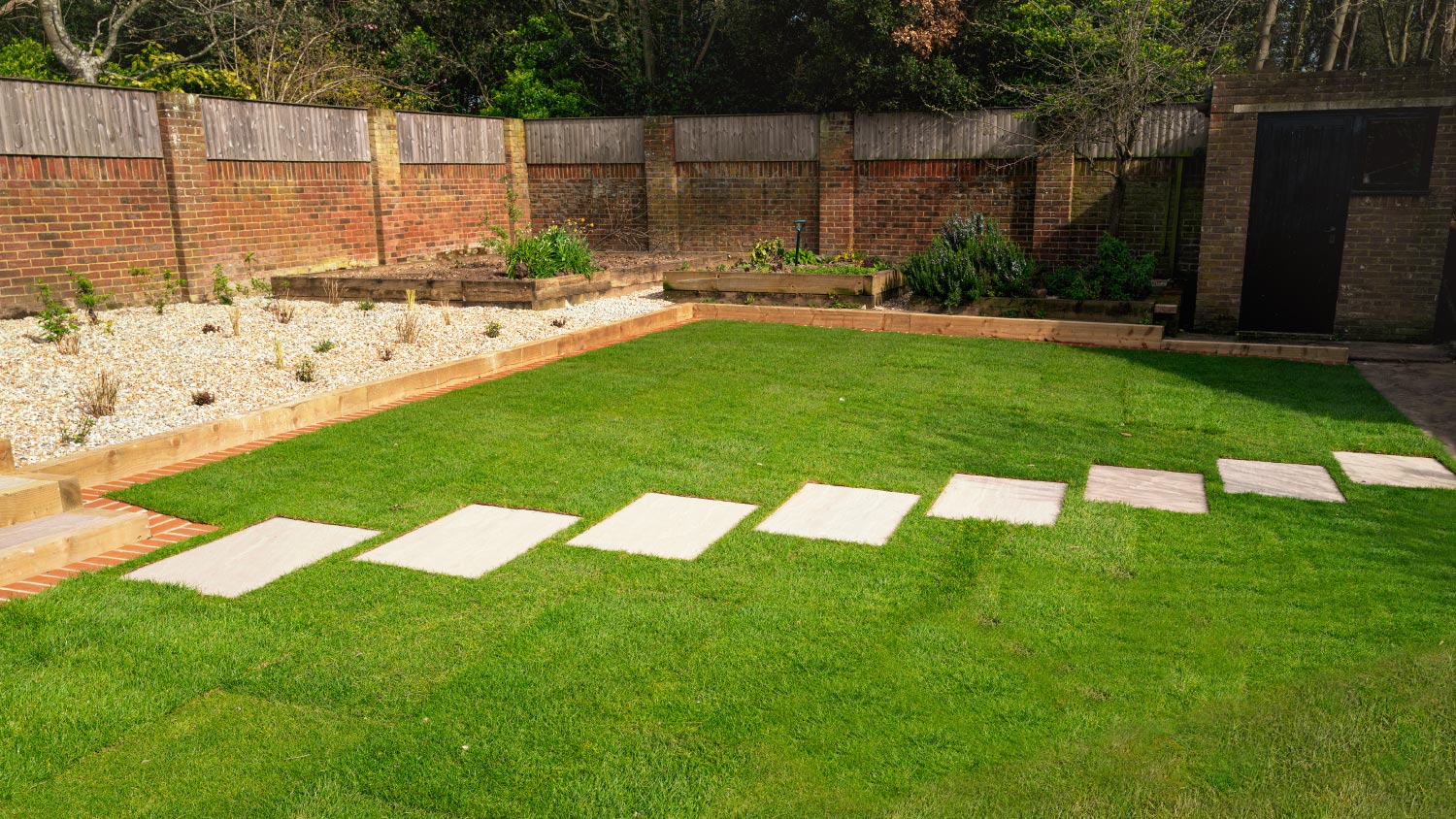
By using an ordinary square concrete paver turned on an angle, you can recreate a simple, modern design. If you have an existing lawn, you can install paver stones directly into the grass by cutting out the sod, removing several inches of dirt, adding a layer of sand, and then fixing the stones in place. Make sure you sink them at a low-enough level to be even with or slightly below the grass to avoid tripping hazards and ensure you can mow easily.

Maybe modern, geometric shapes aren’t your thing—that’s okay too, because stepping stone walkways can be totally natural-looking if you opt for large stones with non-standard shapes, sizes, and colors. You can arrange the stones in an irregular pattern and direction to keep things looking natural. Creating the path so that it wanders through a wooded area or a wildflower garden can really drive home how rustic and natural your pathway looks.

Circular stepping stones are great for creating a pathway that looks a little more natural and less organized, while still keeping things evenly spaced. Setting circular stones equidistant from each other will naturally leave you with uneven edges that still look neat and tidy. The result can be a pathway that you designed with care and intent that still gives a rustic and pastoral feel to your yard space.
From average costs to expert advice, get all the answers you need to get your job done.

Looking to elevate your backyard aesthetic with a patio? Use this paver patio cost guide to help you estimate your total project cost before you get started.

Need to know how much decomposed granite costs? Learn about the factors that affect decomposed granite's price and how much you need for your project.

Porcelain pavers are a high-end option for your home’s hardscaping that can completely transform your outdoor space. Here’s how much porcelain pavers cost.

Learn how to hire a hardscape contractor for your project, including what to look for and red flags to watch out for to get the best results possible.

There's no need to cover up your entire lawn to install a driveway or walkway. Grass paver blocks offer a natural alternative to stone and concrete.
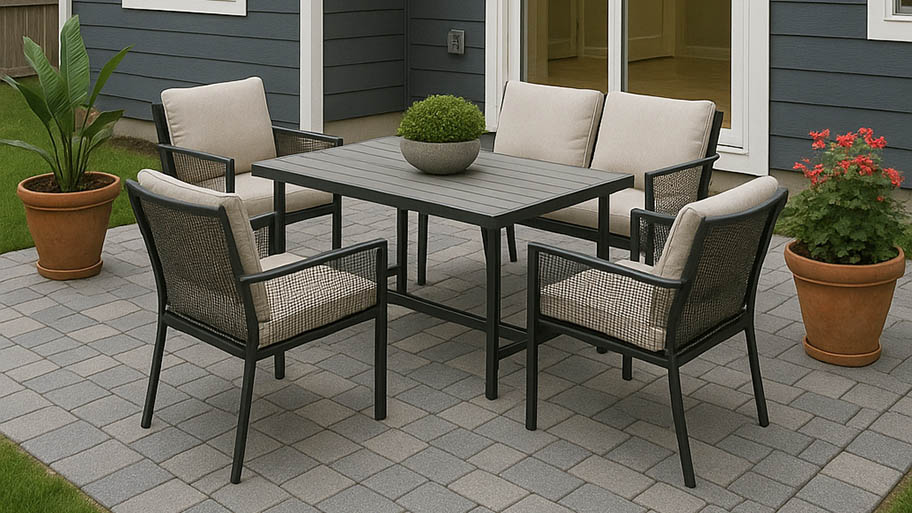
Before breaking out the sledgehammer, consider adding pavers over concrete in your yard. Learn how to save money and tons of time.